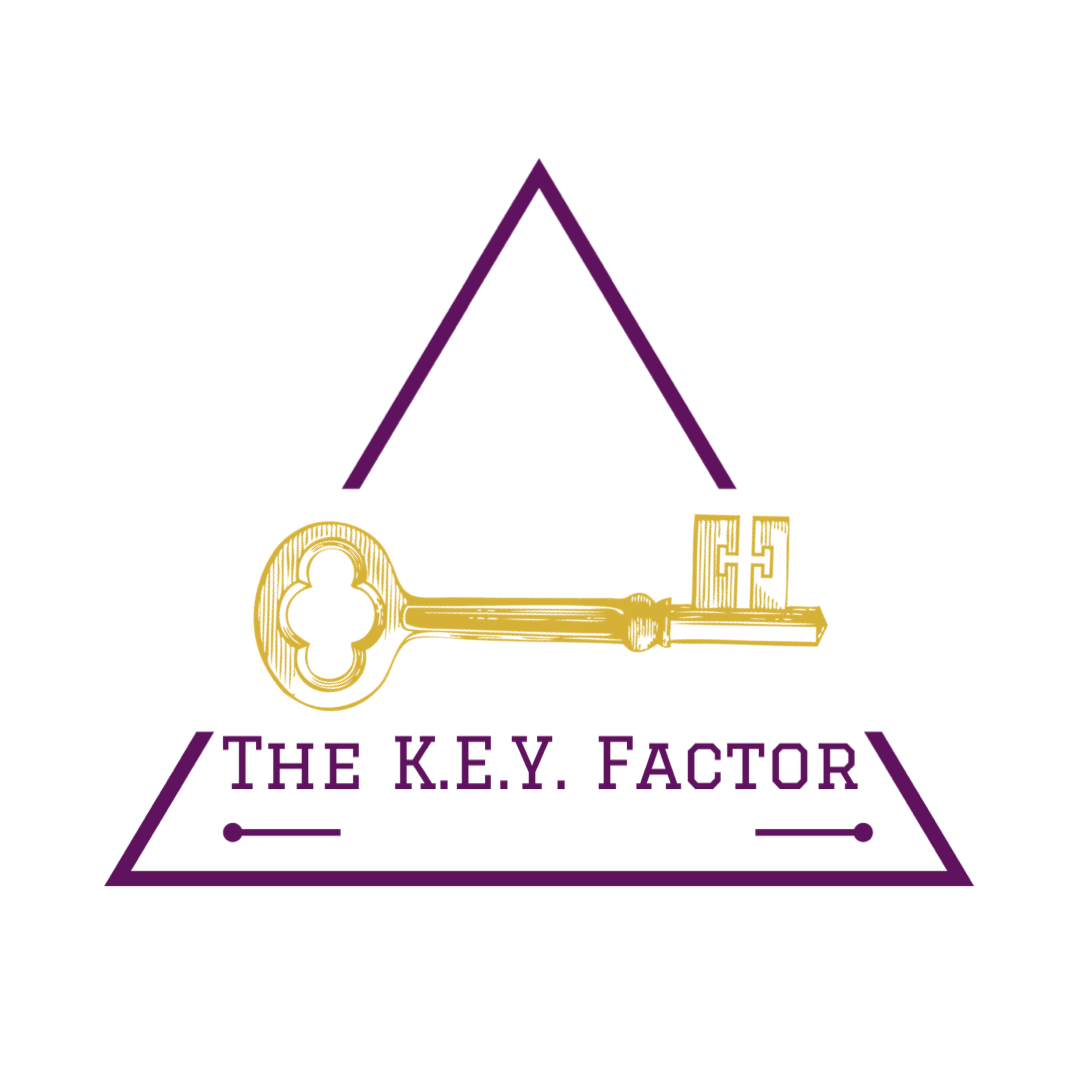As a creative individual, your work is a product of your passion, imagination, and hard work. Whether you’re a writer, artist, musician, or content creator, understanding copyright and intellectual property is crucial for safeguarding your creations and ensuring you receive the recognition and protection you deserve. In this blog post, we’ll delve into the fundamentals of copyright and intellectual property, empowering you to protect your work and navigate the world of creative ownership.
What is Copyright?
Copyright is a legal right that grants creators exclusive control over their original works of authorship. These works may include literary, artistic, musical, or other creative expressions. Under copyright law, the creator has the sole authority to reproduce, distribute, perform, display, and create derivative works based on their original creation.
What Does Copyright Protect?
Copyright protects original works, such as:
- Literary Works: Books, articles, blog posts, and other written content.
- Visual Arts: Paintings, illustrations, photographs, and graphic designs.
- Music: Songs, musical compositions, and sound recordings.
- Performances: Theatrical performances, dance routines, and live music performances.
- Audiovisual Works: Films, videos, and animations.
- Software: Computer programs and code.
How is Copyright Obtained?
Copyright protection is automatic once an original work is created and fixed in a tangible form, such as written on paper or saved as a digital file. In most countries, formal registration is not required to establish copyright. However, registering your work with your country’s copyright office can provide additional legal benefits and evidentiary support in case of infringement disputes.
Protecting Your Work: Best Practices
- Add a Copyright Notice: Include a copyright notice on your creative works to indicate that you claim ownership. The notice typically includes the copyright symbol (©), the year of creation, and the creator’s name.
- Use Creative Commons Licenses: If you want to allow certain uses of your work while retaining some rights, consider using Creative Commons licenses. These licenses enable you to set specific terms for others to use, share, or modify your work.
- Understand Fair Use: Familiarize yourself with the concept of “fair use.” Fair use allows limited use of copyrighted material without permission for purposes such as criticism, commentary, education, or research. However, it is essential to understand the limitations and context in which fair use applies.
- Keep Records: Keep records of when and where your work was created. This documentation can be useful in proving ownership in case of any disputes.
- Avoid Infringement: Always seek permission before using copyrighted material created by others. Respect the intellectual property rights of other creators as you would expect others to respect yours.
Enforcing Your Copyright
If you believe someone has infringed upon your copyright, take the following steps:
- Gather Evidence: Collect evidence of the infringement, such as copies of your original work, dates of creation, and evidence of the alleged infringing use.
- Send a Cease and Desist Letter: Consider sending a formal cease and desist letter to the alleged infringer, requesting them to stop using your work immediately.
- Consult Legal Counsel: If the situation escalates or the infringement continues, seek advice from a legal professional specializing in copyright law.
Understanding copyright and intellectual property is essential for protecting your creative endeavors. Copyright gives you the exclusive right to control and profit from your work. Utilize best practices to safeguard your creations, and always respect the rights of other creators in your own work. With a solid understanding of copyright and intellectual property, you can confidently pursue your creative passions, knowing that your work is protected and valued in the creative community.
